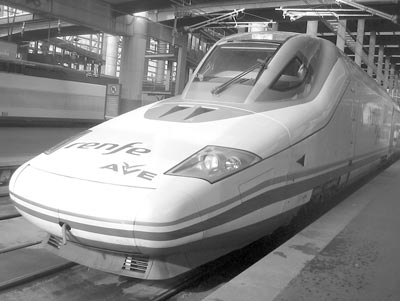European railpass roundup 2008
This item appears on page 72 of the April 2008 issue.
by Jay Brunhouse
Eurail was created in 1959 when the post-World War II mass-tourism market was in its early stages. As more and more overseas visitors flocked to Europe, Europe’s core railroad companies saw an opportunity to expand their markets.
By offering foreigners a single, first-class, consecutive-day railpass that would allow travel on the most popular national rail systems of Europe, they could make train travel much easier and eliminate the need for foreigners to purchase train tickets for each leg of the journey in different national currencies. Because the new Eurailpass was paid in local currency before departure, it also provided travelers a hedge against fluctuating exchange rates.
It was not long before the idea of an easy-to-use, prepaid pass allowing unlimited mileage in more and more countries became a brilliant success story. Backpackers and footloose students each loved their pass. They made “first class on rails” their home and traveled day and night to save money. Without reservations they hopped on and off trains whenever and wherever they pleased.
First-class business travelers were dismayed by the crowding. The railroads were astonished. The following year, first-class prices went up and a cheap second-class youth pass was introduced. Swiss and French railroads introduced their own national passes exclusively through the new company they formed jointly: Rail Europe. BritRail Passes were introduced.
For many years Eurail operated as a cooperative effort of the national railroad companies. In 2001 Eurail executives decided to form an actual firm, owned by the railroad companies, to focus on marketing the Eurail brand. Thus, the Eurail Group G.I.E. was born and headquartered in Utrecht, the Netherlands.
Eurail gradually introduced Flexible, Select, Regional, Multicountry and National passes as well as passes for two or more traveling together. The Eurail network grew to 25 countries. Overseas travelers in 1959 bought slightly more than 5,000 wallet-sized Eurailpasses, while more than 440,000 passengers bought computer-printed Eurail products in 2006.
Eurail products are available through Eurail’s direct sales channel, www.eurail.com, and two authorized General Sales Agents in North America: the Rail Europe Group (www.raileurope.com) and ACP Rail International (www.eurail-acprail.com).


